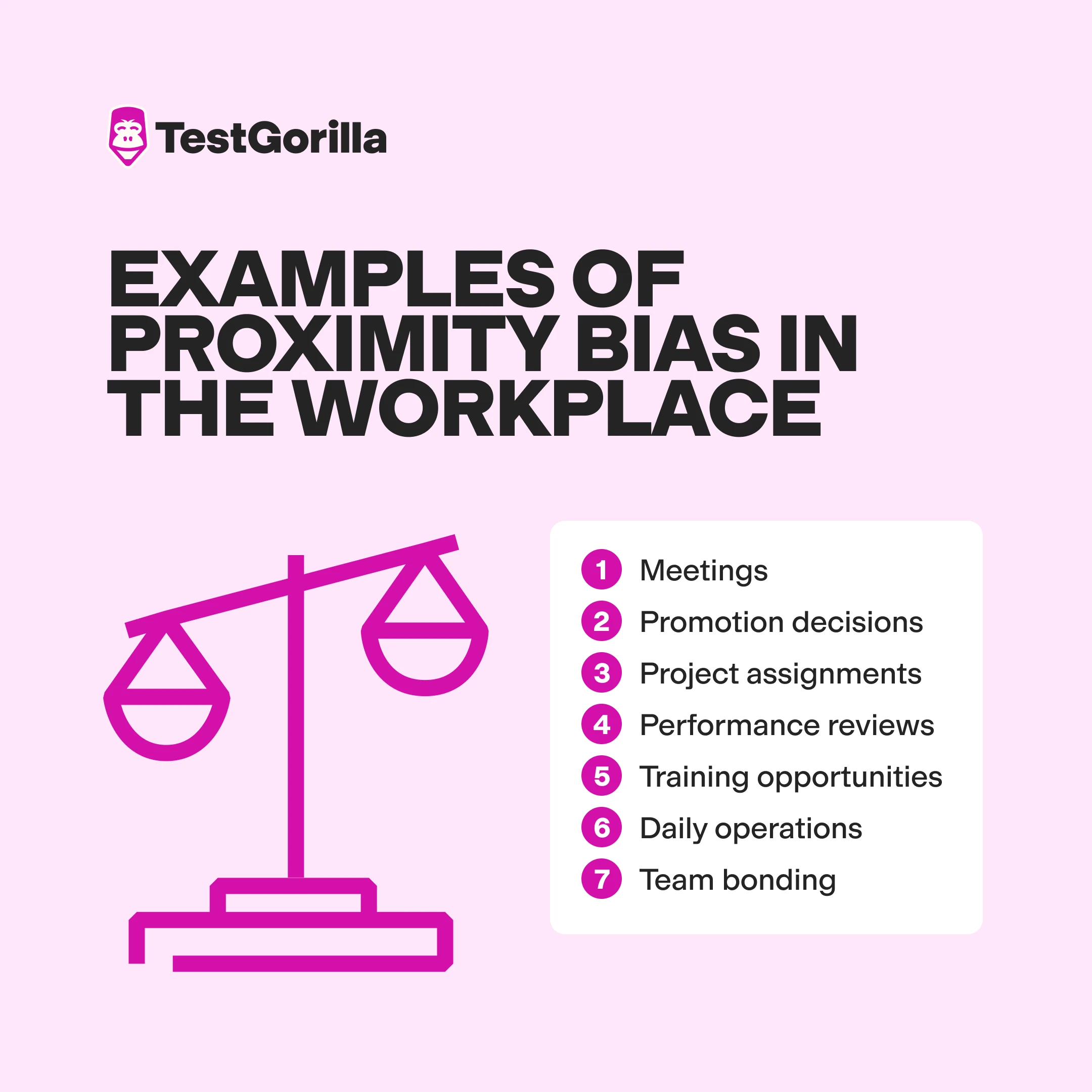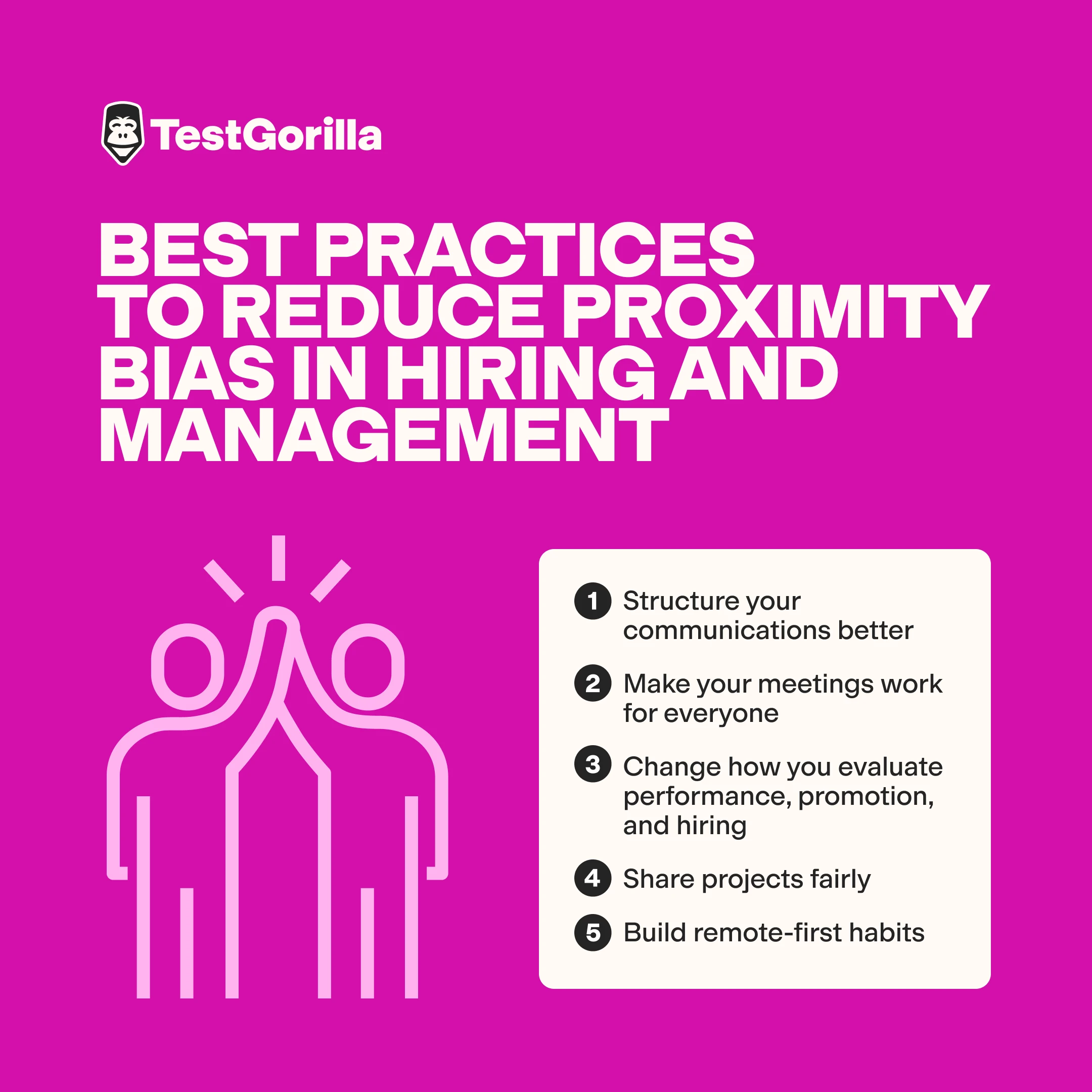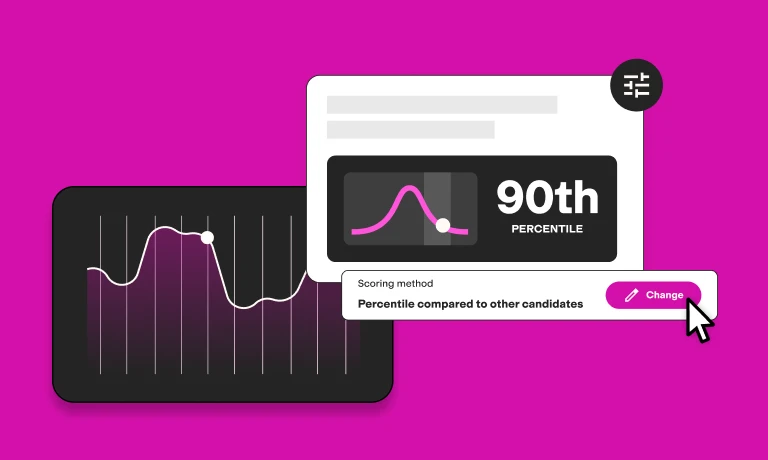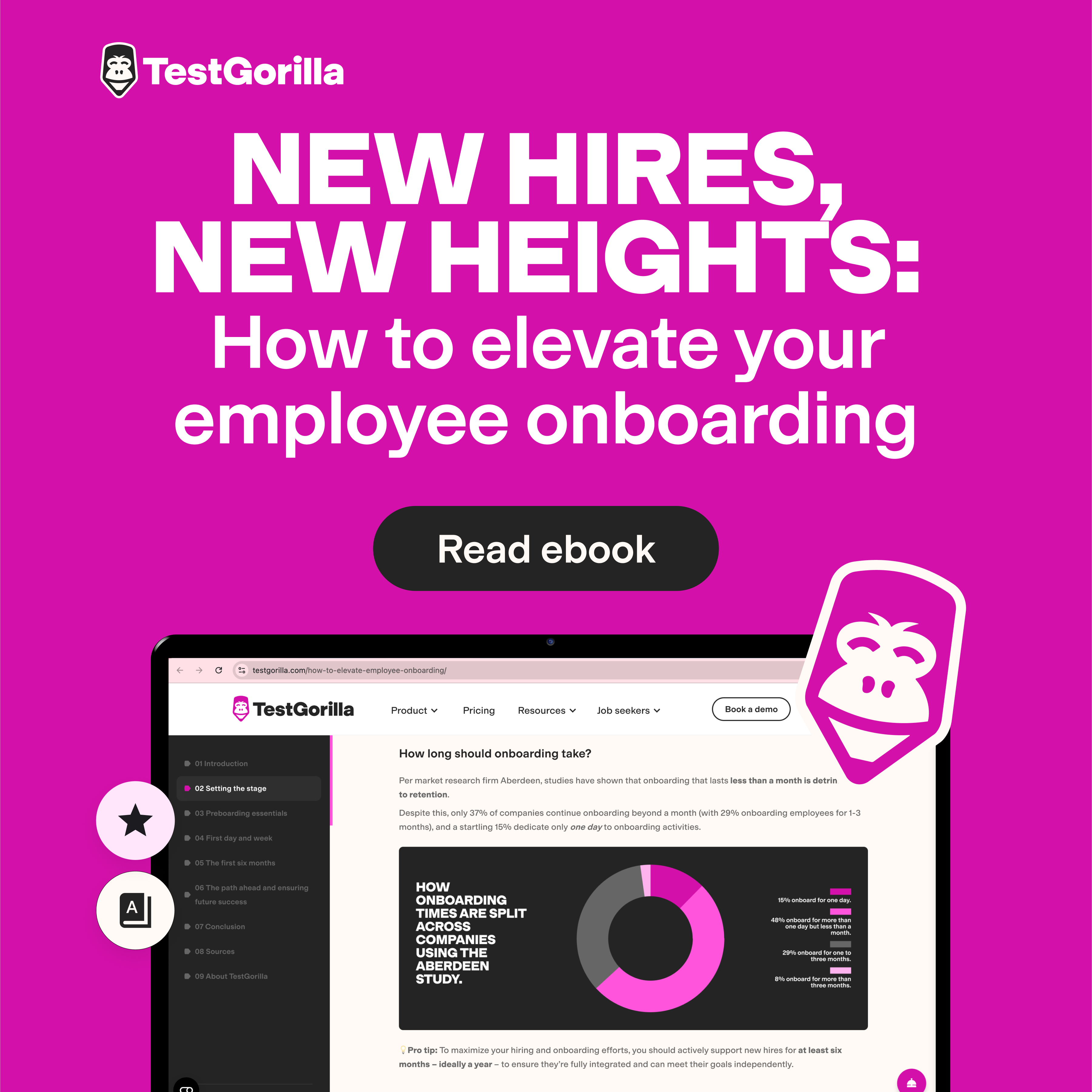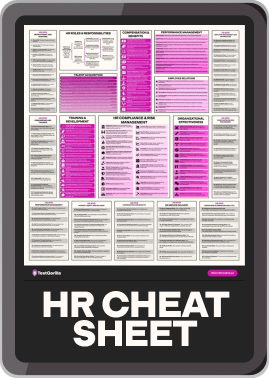Proximity bias is our natural tendency to favor people we see in person over those we don't. In the workplace, it means partiality to employees who work in the office over those who work remotely or in different locations.
While connecting more easily with people we see daily is natural, this bias can create unfair advantages in hybrid and remote work settings.
How does proximity bias affect hiring and workplaces?
When you're not seeing someone face-to-face every day, it's easy to overlook their contributions. Let's explore how this plays out in both hiring and everyday work:
Impact on hiring
This bias creeps into hiring decisions in several key ways:
Job postings often include unnecessary "must work in office" requirements, immediately cutting off great remote talent.
In-person candidates get more face time during interviews and casual office chats, giving them an unfair edge over remote counterparts who interview virtually.
Hiring managers tend to spend more time reviewing local applications, sometimes missing standout remote employees.
Salary offers can be higher for local hires simply because managers can "see" their value more easily than remote workers.
Impact on workplace dynamics
In today's hybrid workplaces, proximity bias creates an uneven playing field between in-office and remote workers. This shows up in everything from daily communication to career advancement opportunities, subtly favoring those working in person over remotely.
Let’s look at some examples of proximity bias in the workplace:
Meetings
In hybrid team meetings, people in the room will naturally dominate the conversation because they can make eye contact and gesture directly. Remote participants often struggle to get their points across, even if they have valuable insights to share.
Promotion decisions
Consider two team leads, Sarah, an office worker, and Mike, who works remotely. When a senior position opens up, Sarah's name will likely come to mind first because leadership teams “see” her in action more often.
Project assignments
When a new client project arrives, you might assign it quickly to Tom, who sits nearby and just discussed his workload with you. Meanwhile, Rachel, who is remote but has more relevant experience, may not even be considered.
Performance reviews
David’s late nights at the office stand out during reviews, while Lisa’s remote dedication is overlooked. Managers often link productivity to physical proximity, assuming in-person employees are more engaged. This creates an unfair advantage for on-site workers over direct reports who work remotely.
Training opportunities
An impromptu training session happens when a senior developer assists a colleague with a new tool. Office workers gather around to learn, but remote team members miss out on this chance.
Daily operations
Your in-office marketing coordinator shares an idea at lunch, and you implement it immediately, while a similar email from your remote designer goes unnoticed among the other new messages in your inbox.
Team bonding
Office celebrations and casual Friday gatherings naturally include in-person workers. Remote employees join virtually but miss out on the natural networking and relationship-building during these events.
The real business impact of proximity bias: Why it’s a problem
Proximity bias doesn't just affect individual employees and day-to-day activities – it impacts your bottom line in measurable ways:
Money losses
Think about how much it costs to replace good people who leave because they feel ignored. Add to that the extra money you spend finding new talent when you limit yourself to local candidates. It adds up fast. According to SHRM, the average cost per hire for entry-level roles is around $4,700 and may increase six times for executive roles.
Competitive edge
Your competitors who successfully manage remote teams will likely be pulling ahead. Why? They can hire the best people regardless of location, have remote policies in place that keep top talent longer, and serve customers across different time zones.
Legal troubles
You could face discrimination claims if remote employees can prove they have fewer opportunities simply because they work from home. This is especially risky when remote work is part of disability accommodation.
A study by Alliance Virtual Offices found that remote workers are 38% less likely to receive bonuses and work nearly double the overtime of their in-office peers, making these claims even harder to ignore.
Business growth
When remote workers feel left out, demotivation sets in, and ideas dry up. Projects slow down, and client work suffers. Over time, your whole business becomes less creative and efficient.
Think of it this way: every time you unconsciously favor an in-office worker, you leave money and opportunities on the table. In today's world, that's a risk you can't afford to take.
The best insights on HR and recruitment, delivered to your inbox.
Biweekly updates. No spam. Unsubscribe any time.
How to reduce proximity bias in hiring and management: Best practices
So, how do you prevent the losses from proximity bias and build a truly inclusive workplace?
By adopting the following practices, you can level the playing field across hybrid workplaces and ensure everyone has equal opportunities to thrive.
Structure your communications better
Set up regular one-on-ones with every team member, not just the ones you see in the office. Create virtual spaces where your team can chat casually, just like they would at the office coffee machine. Most importantly, write down and share key decisions in the online workspace so everyone can see them.
Make your meetings work for everyone
Start by giving remote team members the first chance to speak up in discussions since it's harder for them to find natural gaps to jump in. Use online tools where everyone can add their ideas during the meeting. If you have team members in different time zones, record important sessions so no one misses out.
Change how you evaluate performance, promotion, and hiring
Stop focusing on who you see working late at the office. Instead, consider what everyone actually delivers. When hiring or promoting, use skills tests that measure real abilities across a range of important areas, from technical proficiency to communication.
This way, you can base your decisions on solid evidence of each candidate's skills, ensuring remote workers are seen and valued just as much as those in the office. Furthermore, keep track of all achievements in a central place so no one's efforts go unnoticed.
Pro tip: Track your hiring metrics. Don't just guess if you're being fair – measure it. Track how many remote vs. local candidates make it through each hiring stage. Look at your interview feedback patterns – are remote candidates consistently scoring lower?
Monitor how many remote hires get promoted compared to in-office staff. Use your HR software to create monthly reports comparing these metrics. When you see patterns, you can address them.
Share projects fairly
Create a transparent system for giving out work opportunities. Keep an updated list of who's good at what, and actively rotate project leads between your remote and office teams. This way, good projects don't automatically go to whoever is closest to your desk.
Build remote-first habits
Start thinking "remote-first" in everything you do. Begin sharing news in writing before discussing it in person so every team member is on the same page, no matter where they are.
A strong hybrid work model should prioritize equal access to information, opportunities, and recognition, ensuring that remote or hybrid workers and office staff feel equally valued.
FAQs
What is an example of distance bias?
An example of distance bias is when management gives more attention to the employees who work in the office every day while ignoring the hard work of those who work remotely. This can happen because office workers are more “visible.”
What is the bias of remote work?
Remote work bias involves undervaluing or overlooking the contributions of remote employees compared to their in-office counterparts, often leading to fewer opportunities and less recognition for remote workers.
Related posts
You've scrolled this far
Why not try TestGorilla for free, and see what happens when you put skills first.


